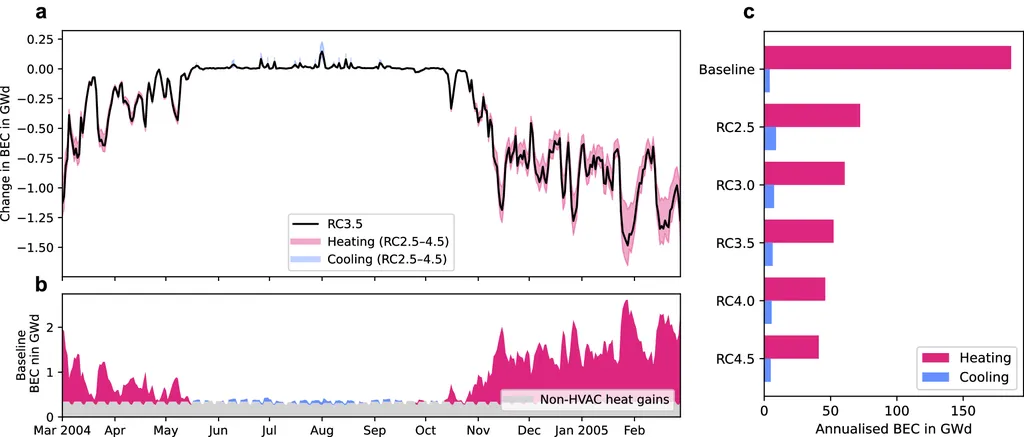In the quest for energy efficiency, air-source heat pumps have emerged as a promising technology, but their performance can be a moving target, influenced by both environmental conditions and equipment degradation. A recent study, published in *Zhileng xuebao* (translated as *Building Science Journal*), introduces a novel approach to operational diagnostics that could revolutionize how we assess and maintain these systems. The research, led by Yang Qiang, proposes a new metric called the Performance Consistency Index (PCI), which promises to decouple environmental effects from equipment performance, providing a clearer picture of a heat pump’s true efficiency.
The challenge with traditional methods lies in their reliance on the coefficient of performance (COP), which varies with operating conditions. “The conventional COP is like trying to compare apples to oranges,” explains Yang Qiang. “It doesn’t effectively distinguish between changes due to environmental factors and those due to equipment wear and tear.” To overcome this, Yang and his team turned to the second law of thermodynamics, developing the PCI by normalizing thermodynamic perfectibility under actual conditions against its rated value. This approach offers a stable, comparable metric that remains independent of operating conditions.
The PCI’s robustness and design-benchmarking capabilities were validated through operational diagnosis of four units. The results were compelling: the PCI successfully identified partial-load energy efficiency degradation and low-temperature performance degradation, providing a precise characterization of equipment status. By setting 1 as the design benchmark, deviations between actual performance and design objectives can be quantified, enabling targeted maintenance and renewal decisions.
The implications for the energy sector are significant. “This index provides a theoretical tool for long-term energy efficiency conservation,” says Yang. “It allows for precise identification of inefficient units through threshold settings, supporting scientific decision-making for equipment renewal in ‘coal-to-electricity’ projects.” This could lead to more efficient energy use, reduced costs, and a lower carbon footprint for heat pump systems.
As the world increasingly turns to renewable energy sources, the need for accurate, reliable diagnostics becomes ever more critical. Yang’s research offers a promising step forward, providing a tool that could shape future developments in the field. By enabling more precise and informed decision-making, the PCI could help optimize energy use and drive the transition to a more sustainable future.

